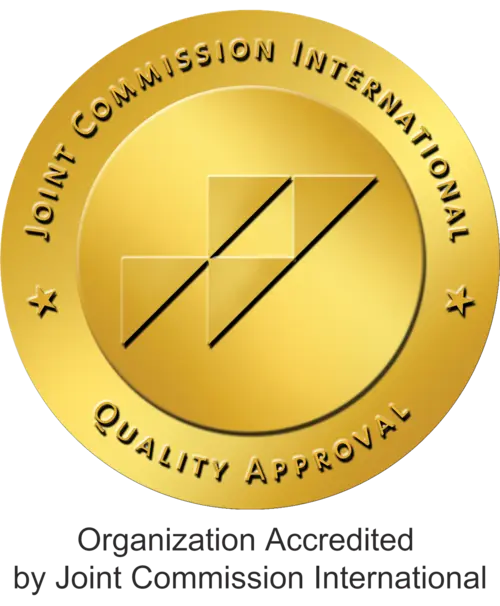What Is Hypoglycemia?
What Is Hypoglycemia?
Drop-in sugar is hypoglycemia; low blood sugar-also called hypoglycemia; the rate of sugar in the blood suddenly falls below 60 mg/dL.
Hypoglycemia, a drop in sugar, occurs as a result of excessive insulin secretion by the pancreas. The body continually demands sugar to balance it. There are three types: light, medium, and heavy.
Drop-in sugar hypoglycemia, blood sugar in daily routine does not fall below 60 mg/dl in hunger. Sugar is the only source of energy, especially for vital organs such as the brain and heart. Sudden drops in blood sugar instantly affect the work of these organs. Because sugar is the only source of energy in our mind, it is life-threatening to have low blood sugar levels for a long time.
The mild sugar drop hypoglycemia symptoms:
- Cold sweating,
- Eye darkening,
- Fatigue
The moderate sugar drop hypoglycemia symptoms:
- Intense cold, cold sweating
- Eye darkening
- Advanced weakness
- Speech disorder,
- Blurring of consciousness
- Slowness in movements
The symptoms of hypoglycemia with massive sugar drop:
-
Intense cold, cold sweating
- Eye darkening
- Advanced weakness
- Speech disorder,
- Blurring of consciousness
- Slowness in movements
- A person may develop a coma.
Mild Sugar Drop Hypoglycemia Treatment
For children under ten years of age, it is necessary to consume 15 grams of simple sugar, and for adults, 20 grams of carbohydrates. 100 ml of juice, 3 grains of sugar, three teaspoons of granulated sugar, one teaspoon of Honey; 15 grams of carbohydrates containing simple sugar. After taking these nutrients, the patient should rest for 15 minutes and look at his blood sugar again. If the blood sugar does not come to the expected level, one of these nutrients should also be taken.
A person who shows moderate and severe symptoms of hypoglycemia must necessarily receive medical care.
How Is Diabetes Diagnosed?
1. Fasting blood sugar can be learned with technological devices that can measure blood sugar with a drop of blood. If fasting blood sugar is above 120 mg/dL, other tests are considered.
2. OGTT (Oral glucose tolerance test); this test medicine looks at a subsequent increase in blood sugar by giving glucose to a person under supervision.
The two most important factors for the diagnosis of diabetes are fasting blood sugar level and OGTT. Tests are performed for harmful complications that may occur for later and late diagnosis.
|
Fasting Blood Sugar Level |
|
|
50-70 mg/dl |
Hypoglycemia |
|
70-100 mg/dl |
Normal |
|
100-125 mg/dl |
Hidden sugar |
|
Above 126 mg/dl |
Diabetes |
|
Postprandial Blood Sugar Level |
|
|
100-140 mg/dl |
Normal |
|
140-199 mg/dl |
Hidden sugar |
|
Above 200 mg/dl |
Diabetes |
In Which Diabetics Blood Sugar Drops occur?
The most common cause of low blood sugar is the incorrect, erroneous, uncontrolled use of sugar-lowering drugs or the inability to achieve a balance between meals and physical activities with these drugs.






